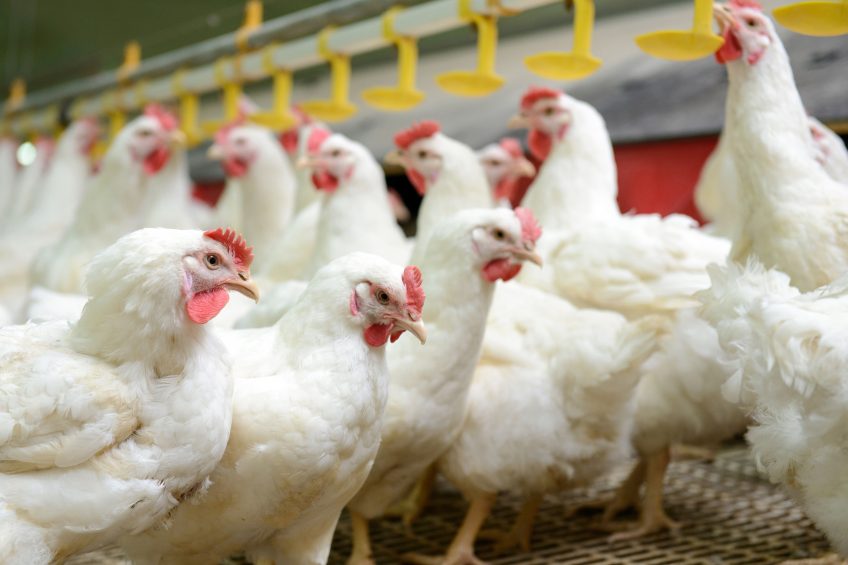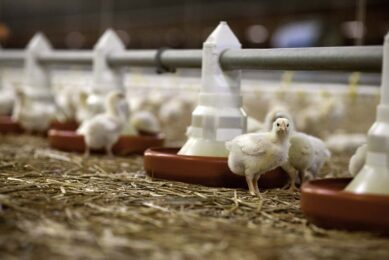EU report provides growing link between antibiotic use and resistance

Growing evidence of a link between antibiotic use and antibiotic resistance has been published in a major new report from the European Union.
The study presents new data on antibiotic consumption and antibiotic resistance, reflecting improved surveillance across Europe.
Link between antibiotic consumption and resistance
Produced by the European Food Safety Authority, the European Medicines Agency and the European Centre for Disease Prevention and Control, the report confirms the link between antibiotic consumption and antibiotic resistance in both humans and food-producing animals.
Vytenis Andriukaitis, European Commissioner for Health and Food Safety, said: “To contain antibiotic resistance we need to fight on 3 fronts at the same time: human, animal and the environment.
“This is exactly what we are trying to achieve in the EU and globally with our recently launched EU Action Plan on antimicrobial resistance.”
The study found that there were important differences across the EU in the use of antibiotics in animals and humans but said cutting their unnecessary use would have an impact on the occurrence of resistance.
Overall, antibiotic use is higher in food-producing animals than humans, but the situation varies across countries and classes of antibiotics. In particular, a class of antibiotics known as polymyxins (which includes collistin) is used widely in the veterinary sector.
It is also increasingly used in hospitals to treat multi-drug resistant infections. Other antibiotics are more often used in humans than in animals. These include third-and-fourth generation cephalosporins and quinolones –antibiotics that are also considered critically important for human health.
Treatment of infections caused by e.coli
Experts noted that resistance to quinolones, used to treat salmonellosis and campylobacteriosis in humans, is associated with the use of these antibiotics in animals.
The use of third and fourth generation cephalosporins for the treatment of infections caused by E.Coli and other bacteria in humans is associated with resistance to these antibiotics in E.Coli found in humans.
Experts from the 3 agencies recommended further research to understand better how use of antibiotics and resistance affect one another.
The report can be read here.













